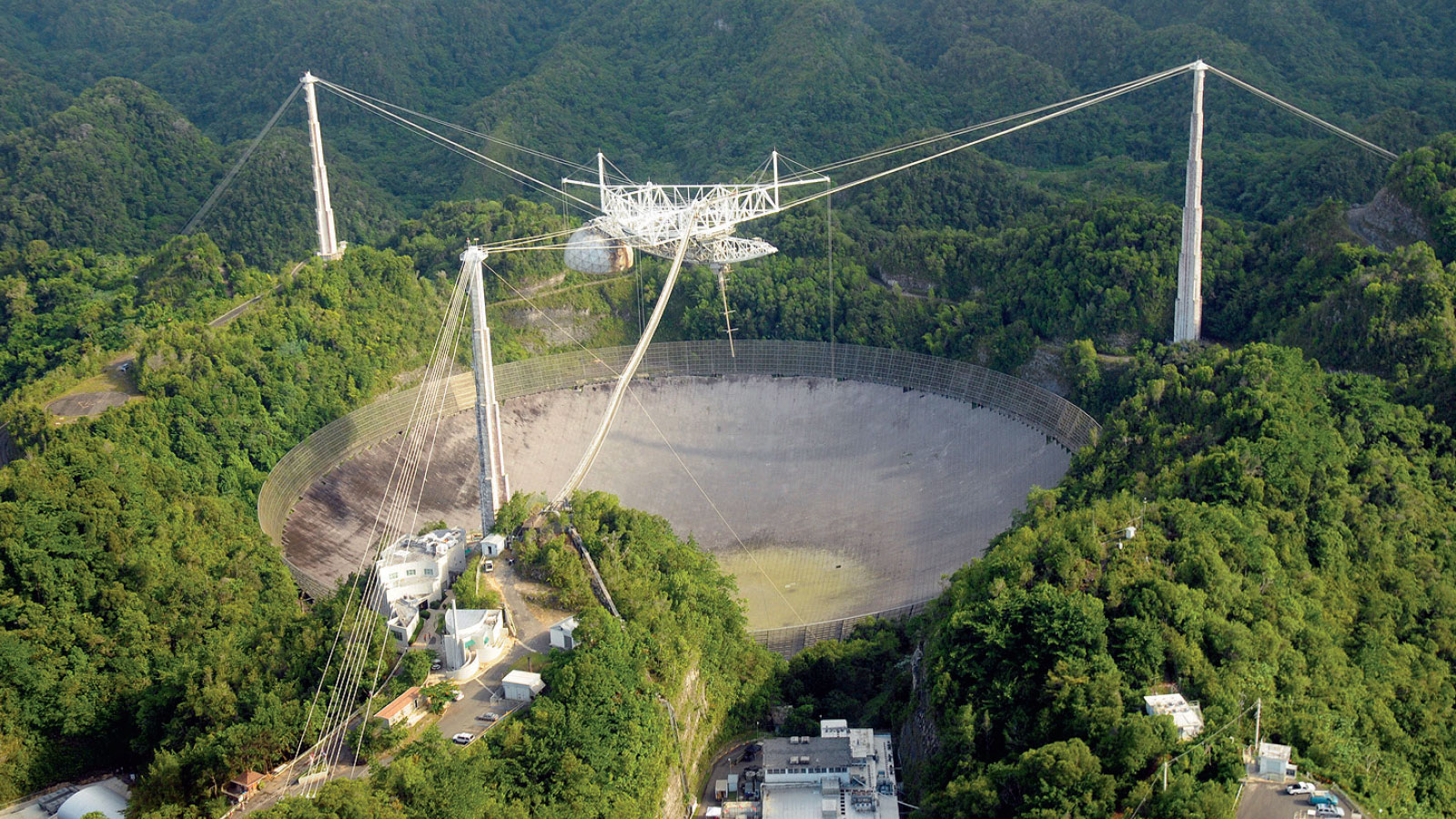The U.S. National Science Foundation National Radio Astronomy Observatory (NSF NRAO), in partnership with several leading Mexican universities and research institutes, has announced a series of landmark agreements and meetings aimed at advancing Mexico’s role in the Next Generation Very Large Array (ngVLA) project.
Recent News
Astronomers Discover a Superheated Star Factory in the Early Universe
Astronomers have uncovered a previously unknown, extreme kind of star factory by taking the temperature of a distant galaxy using the ALMA telescope. The galaxy is glowing intensely in superheated cosmic dust while forming stars 180 times faster than our own Milky Way.
Astronomers Share Largest Molecular Survey To-date: GOTHAM Legacy Data Goes Public
Astronomers in the “GBT Observations of TMC-1: Hunting Aromatic Molecules” research survey, known as GOTHAM, have released a spectral line survey with largest amount of telescope time ever conducted, charting more than 100 molecular species only found in deep space.
NRAO and GBO Saddened at Loss of Arecibo Telescope

The National Radio Astronomy Observatory (NRAO) and the Green Bank Observatory (GBO) are saddened by the announcement of the decommissioning of the Arecibo Telescope in Puerto Rico due to recent and devastating structural damage. See the National Science Foundation’s full release here.
The 305-meter Arecibo radio telescope has a long and distinguished history of landmark contributions to astronomy and planetary science and often has been a valued partner with NRAO telescopes and the Green Bank Telescope in research projects. Its loss will be a blow to science.
The staff and facilities of NRAO and GBO stand ready to assist in filling the gap that this loss will create, and offer our best wishes to our colleagues who are affected by this development.
Frequently Asked Questions:
Can any NRAO facilities or the Green Bank Telescope replace the Arecibo Telescope?
While some instruments of the NRAO and GBO can perform some of the Arecibo Telescope’s functions, none will be a total replacement for its capabilities. The Arecibo Telescope is irreplaceable.
Does the NRAO or GBO support the NSF’s move to decommission the telescope?
We defer to the engineers’ reports evaluating the devastating damage done to the telescope’s infrastructure and threats to staff safety, as shared in the NSF’s release.
Will the NRAO or GBO be providing support to the staff displaced by this event?
We encourage AO staff displaced by this loss to consider any of our current open opportunities with the NRAO or GBO.
###
Media Contact:
Dave Finley, Public Information Officer
[email protected]
(505) 241-9210
###
This news article was originally published on the NRAO website on November 19, 2020.
Recent News
NSF National Radio Astronomy Observatory and Mexican Institutions Sign Historic Agreements to Advance ngVLA Collaboration
The U.S. National Science Foundation National Radio Astronomy Observatory (NSF NRAO), in partnership with several leading Mexican universities and research institutes, has announced a series of landmark agreements and meetings aimed at advancing Mexico’s role in the Next Generation Very Large Array (ngVLA) project.
Astronomers Discover a Superheated Star Factory in the Early Universe
Astronomers have uncovered a previously unknown, extreme kind of star factory by taking the temperature of a distant galaxy using the ALMA telescope. The galaxy is glowing intensely in superheated cosmic dust while forming stars 180 times faster than our own Milky Way.
Astronomers Share Largest Molecular Survey To-date: GOTHAM Legacy Data Goes Public
Astronomers in the “GBT Observations of TMC-1: Hunting Aromatic Molecules” research survey, known as GOTHAM, have released a spectral line survey with largest amount of telescope time ever conducted, charting more than 100 molecular species only found in deep space.
